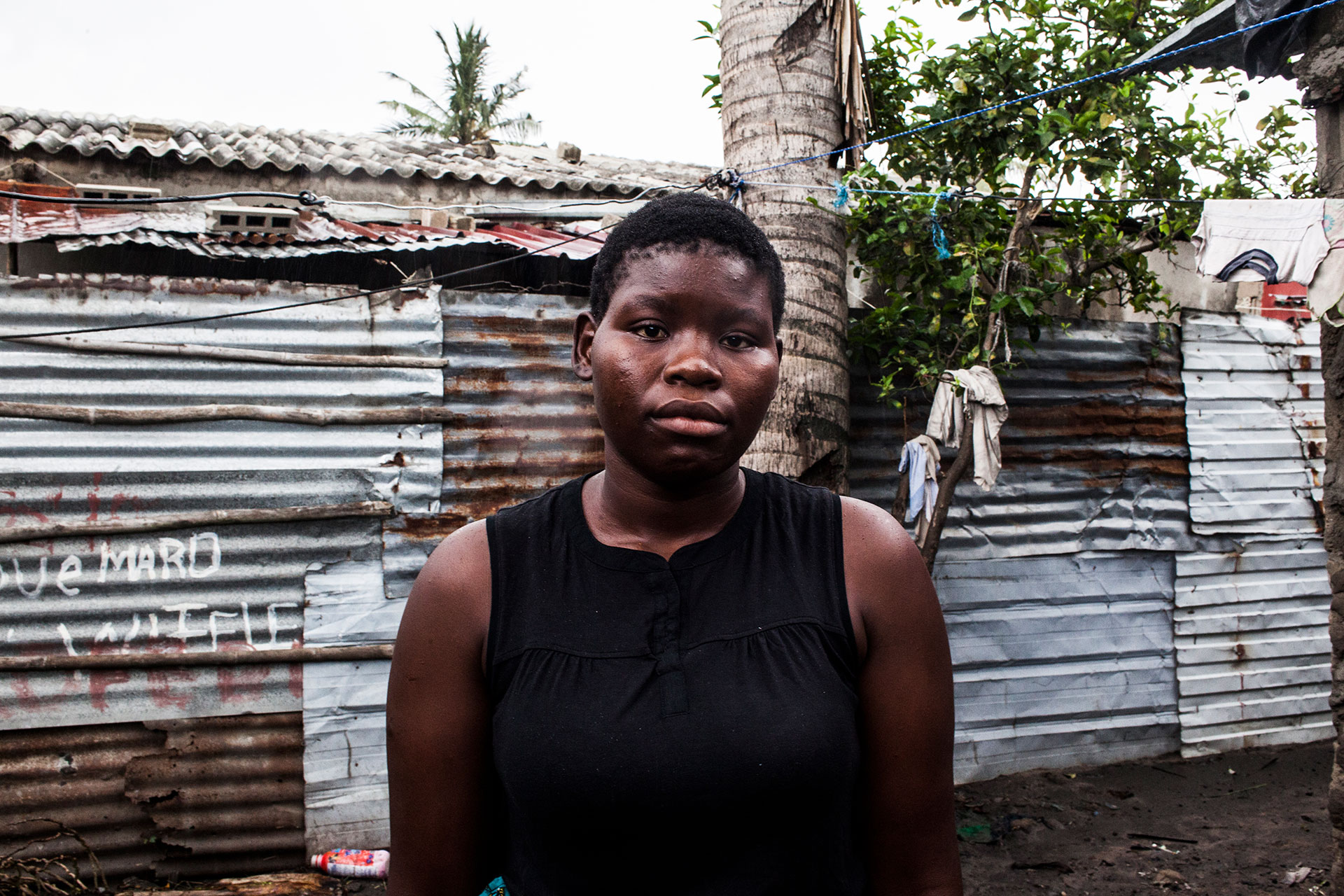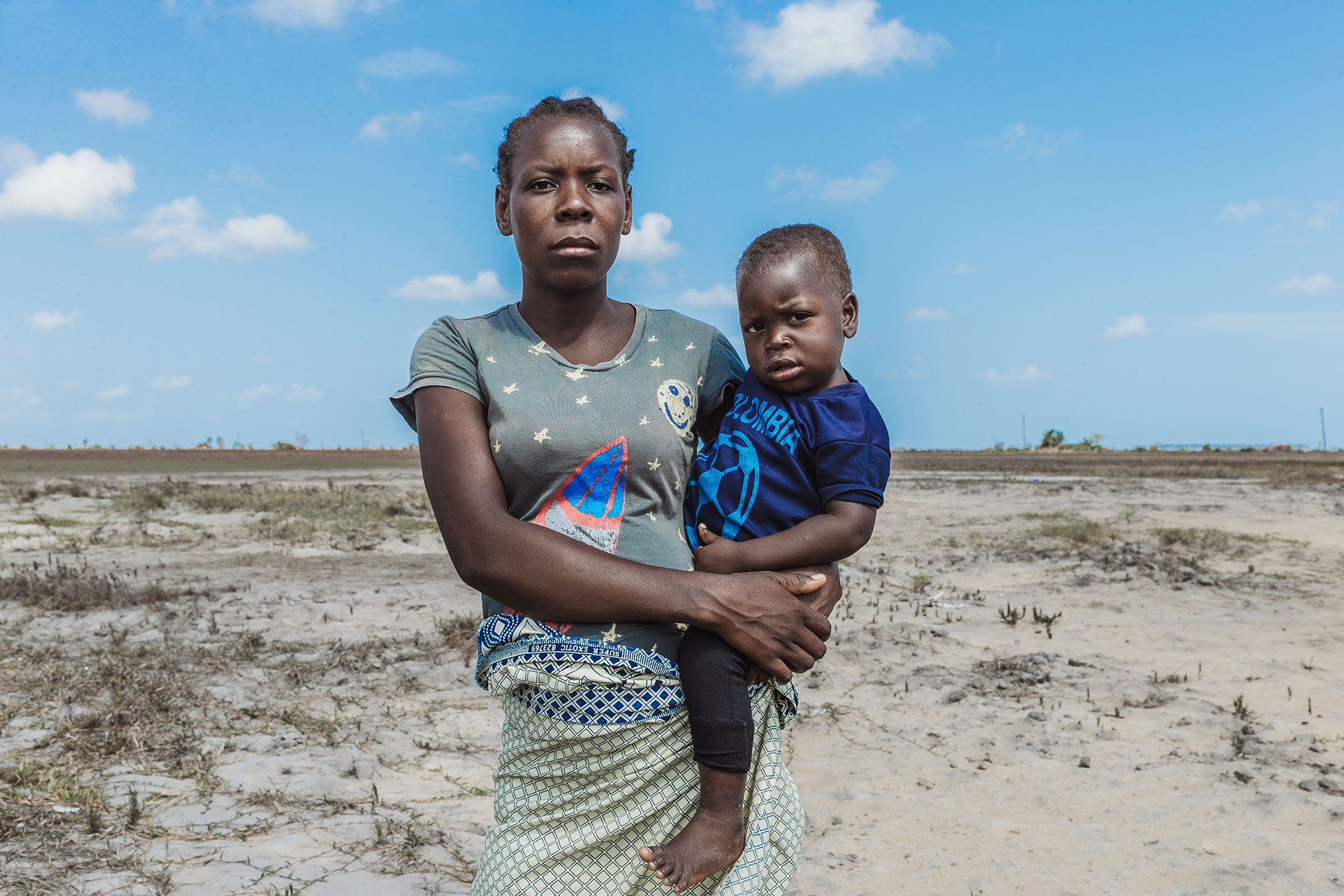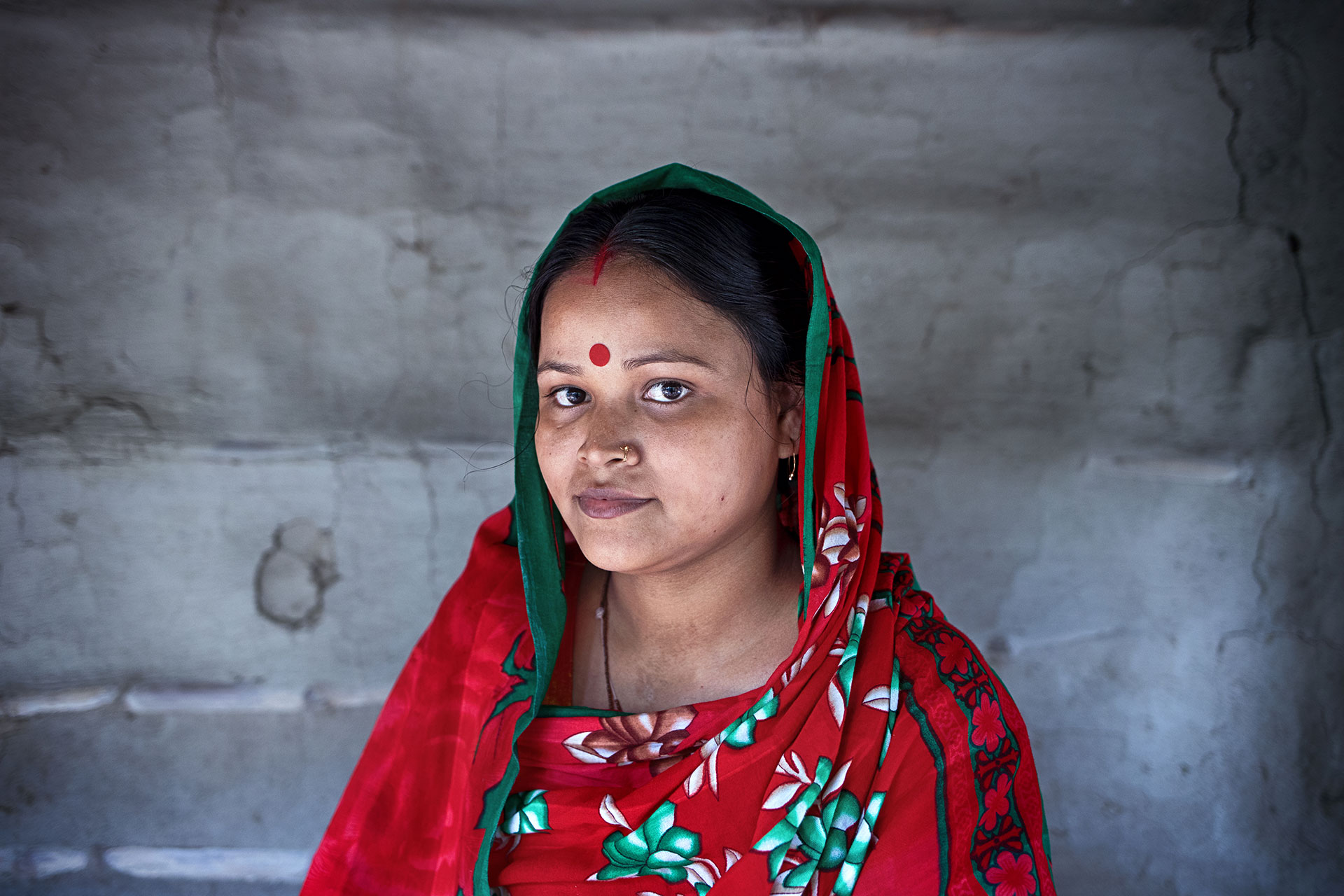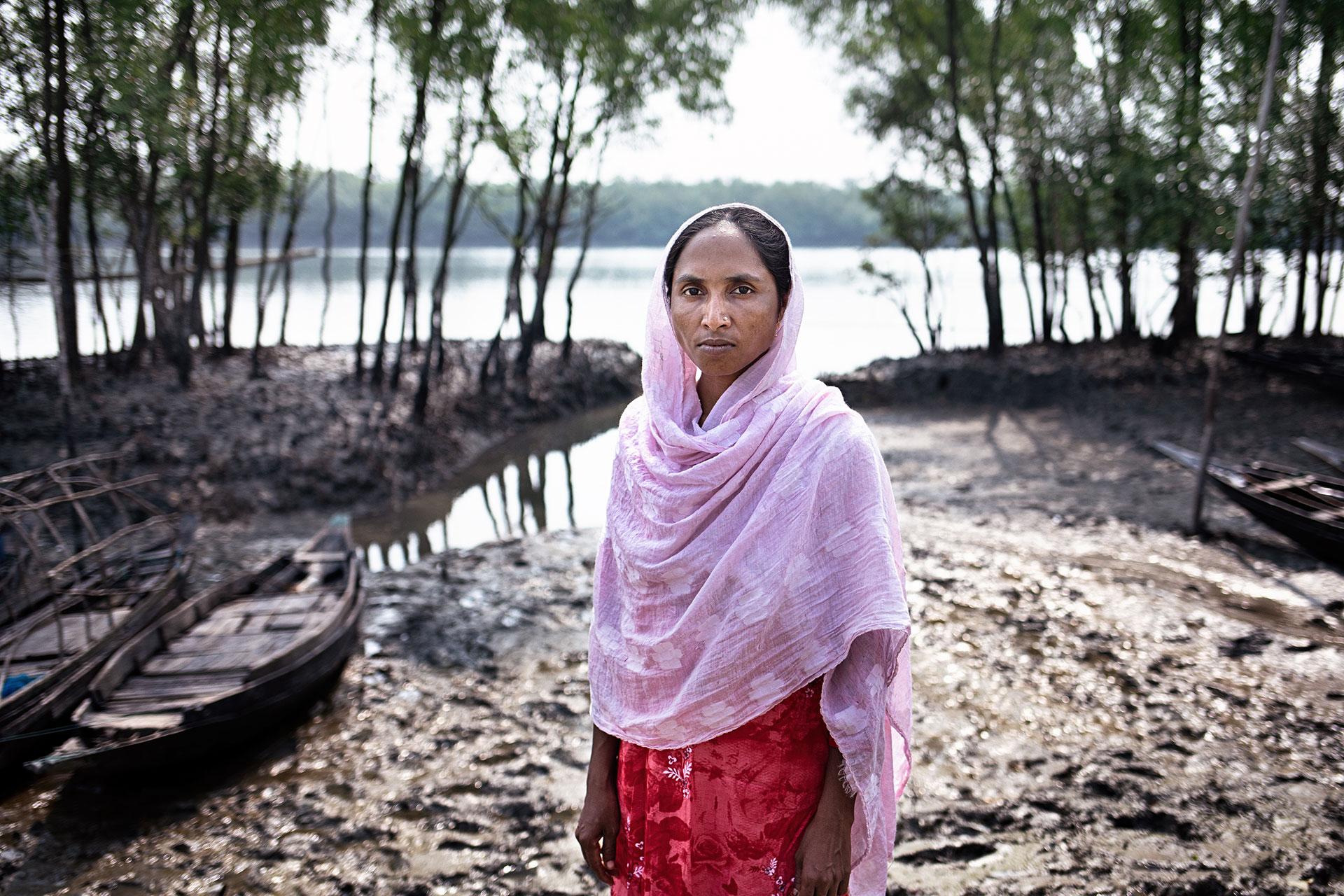Mozambique
Beira, the second largest city in Mozambique, sits on the Indian Ocean, at the mouth of two rivers in the central region of the country. Mozambique has been fraught with man-made and climate-driven disasters that have tested the resilience of vulnerable communities.
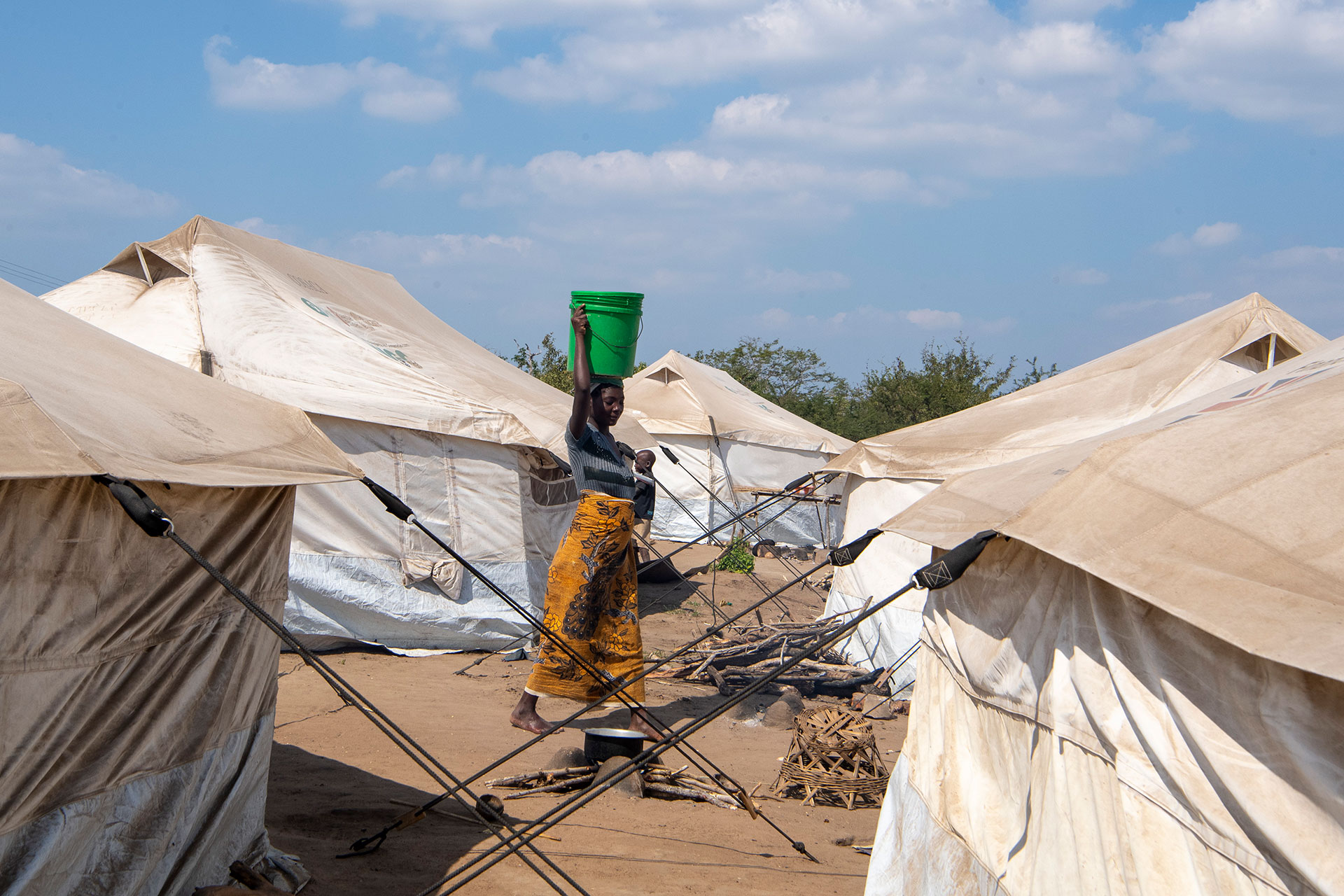
Mozambique recovers after Cyclones Idai and Kenneth. UN Photo/Eskinder Debebe
A 16-year civil war that ended in 1992 devastated the economy and social infrastructure of the country. As Mozambique struggled to rebuild, in 2000, the nation was struck by a cyclone, the country’s worst natural disaster in 50 years.
In the last two decades, Mozambique has experienced severe flooding and prolonged periods of drought. In 2019, the country was struck head on by Cyclone Idai, which barreled into the port town of Beira and caused wide-spread flooding as it moved inland.
Just five weeks later another less severe storm hit the less populated area of Mozambique. All told over 1,000 people died, and millions were displaced because of the cyclones.
Crises make reproductive health care even harder to access. More than a million women have an unmet need for contraception; and the number of maternal deaths due to abortion performed unsafely in Mozambique remains high.
Sarita and her child in front of their damaged home in Beira, Mozambique
Learn more about the two communities we visited.
Photography in Bangladesh by Fabeha Monir and in Mozambique by Amilton Neves.


